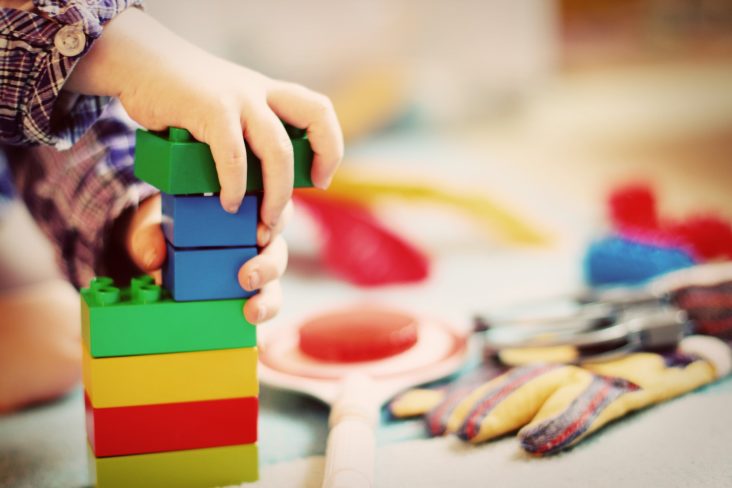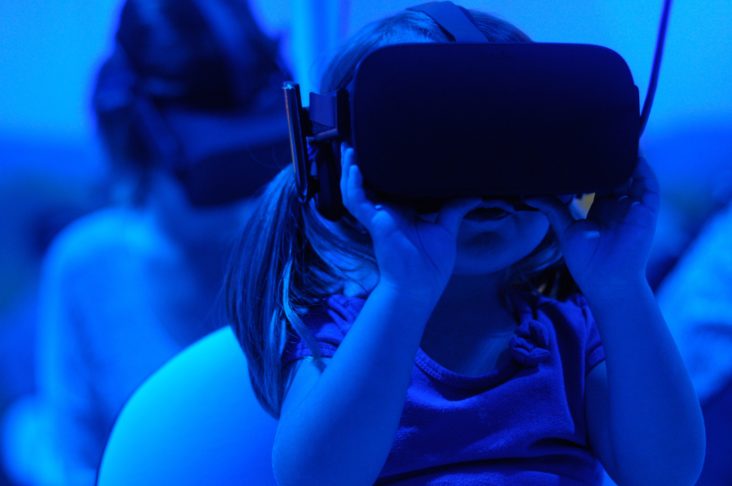If someone has suggested that your child might benefit from a psychological assessment, you may be confused about the need for one and wonder what takes place during a meeting or evaluation with our child psychologists.
Children may be referred for a psychological assessment for a variety of reasons. Among other things, they may be depressed or anxious, have attention or behavior problems at home or in school, be subjected to bullying, or have a learning disorder. Often when kids are struggling in school or seem to be behind their peers developmentally, a counselor or teacher will suggest the child undergo a psychological assessment.
The results of this type of evaluation will reveal which areas the child is doing well in and which are the ones he or she might need to address (for example: an undiagnosed learning disability). Dr. Ryan Seidman, the Clinical Director here at the Children’s Center notes that, “Having your child evaluated can promote improvement in academic and emotional functioning.”
Who Performs a Psychological Assessment?
Assessments are done by specially trained child psychologists who are experts at what they do. These mental health professionals evaluate the child’s strengths and weaknesses, then work with parents and teachers to formulate an approach to help the child progress.
What Happens During a Child’s Psychology Test?
These evaluations aren’t intimidating the way an “actual” test can be. It is best if the child is relaxed during the assessment, so the evaluation isn’t a pass or fail test like the kind you would normally study for.
During a psychological assessment, the child psychologist will:
- Interview (talk with) the child and their parents to learn more about their emotional and behavioral skills, in addition to their neurological functioning in areas such as spatial processing. In some cases, they may also talk to the child’s teachers or others who know the child well.
- Will observe the child during the evaluation. Depending on the reason for the test, the child psychologist may also visit the child at home or at school to further evaluate their interactions with others.
- Will have the child complete a standardized test. These tests have been taken by many people and allow the child psychologist to compare your child’s results with those of others in order to assess a range of abilities. They want to know how the child functions in areas such as behavior or movement (dexterity) and in subjects like reading, writing and math.
- May evaluate medical records, school records, or interview or test the child’s parents or teachers to learn more about the child.
Psychological testing isn’t a quick evaluation. The assessment often takes several hours to complete and likely will involve more than one session to be certain the psychologist has all the details about a child. By putting all the information together, the child psychologist comes to an understanding of where a child needs assistance and can develop strategies to help the child reach their full potential.
What Happens When We Get the Results of a Psychological Assessment?
When the testing is complete, the child psychologist will go over the results with the child’s parents. Keep in mind that the outcomes do not reveal 100% of a child’s potential, abilities or skills. Rather, the evaluation is used as a way to learn about the child’s “present functioning level” emotionally, in their school and home environments, how they learn, and their strengths and weaknesses.
The child psychologist will discuss areas in which the child does well and offer suggestions to help them improve in areas that need to be addressed. If the child is diagnosed with a learning disability, or a behavioral or emotional issue, recommendations will be made for ways to help the child manage that specific concern or problem.
By evaluating and understanding where the child has issues, child psychologists can provide positive coping strategies, reduce the child’s stress and enrich their competence and well being.
Learn More about Children’s Psychological Assessment
For more information about how our child psychologists can evaluate your child through psychological assessment, contact the Children’s Center for Psychiatry Psychology and Related Services in Delray Beach, Florida or call us today at (561) 223-6568.










